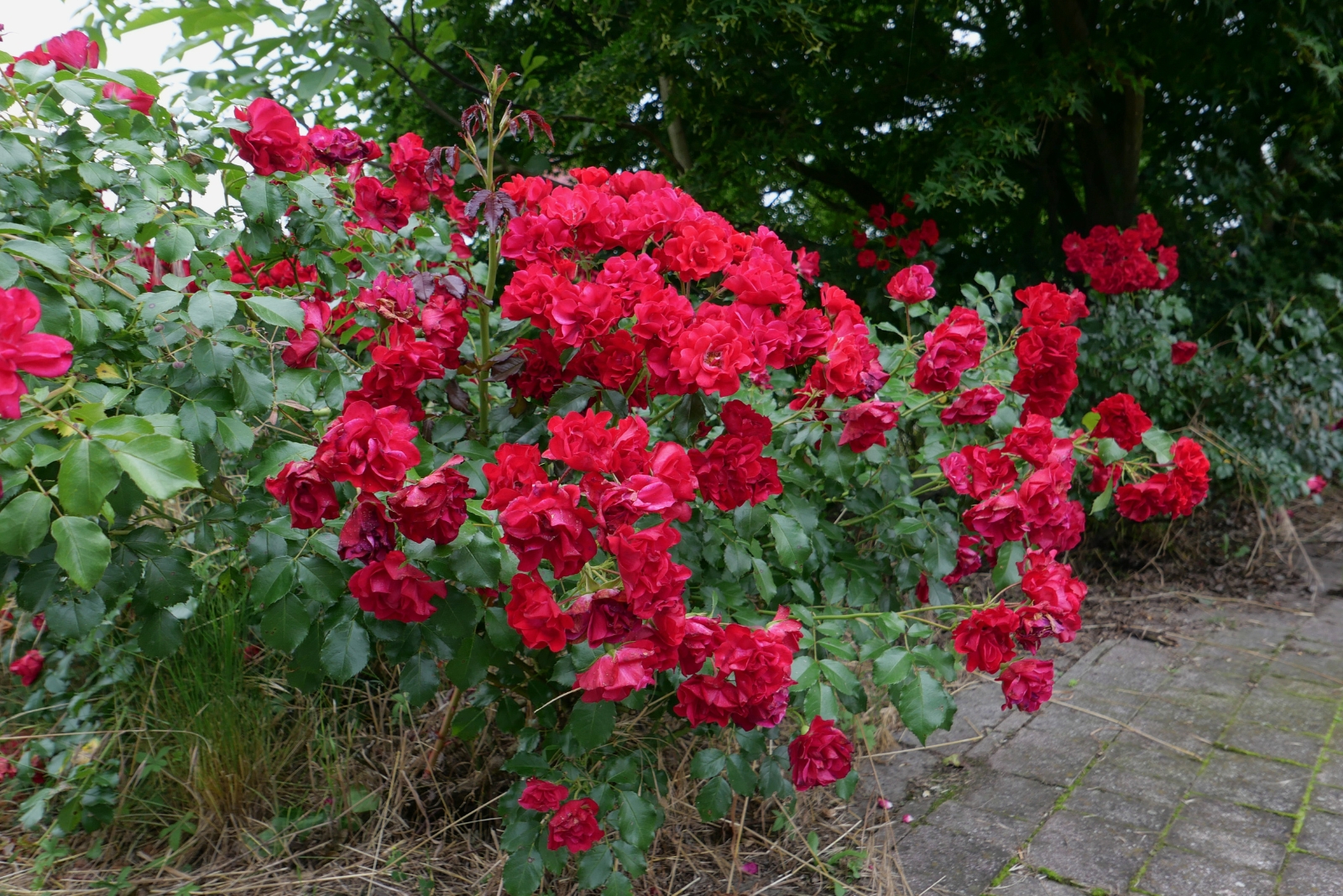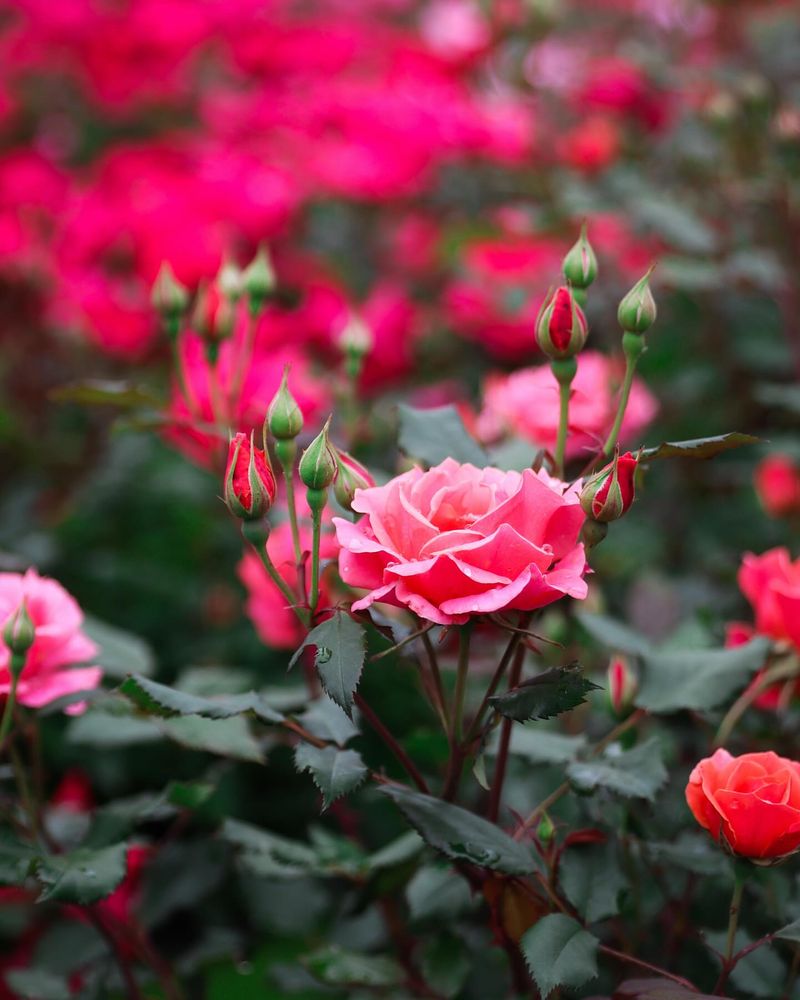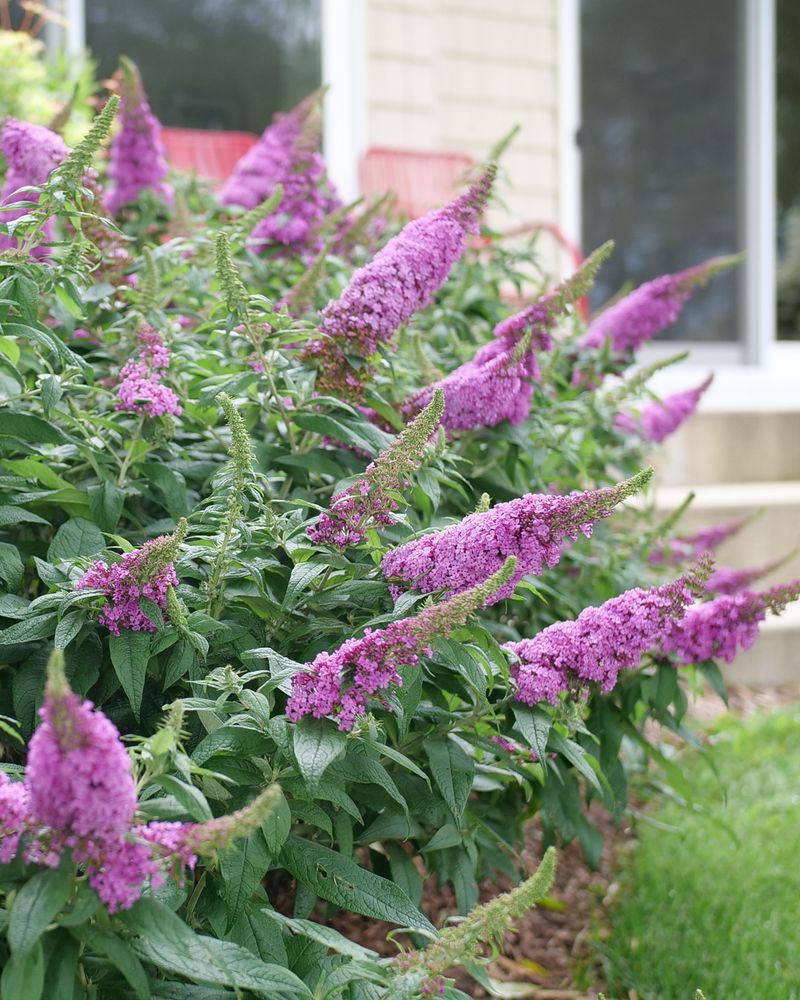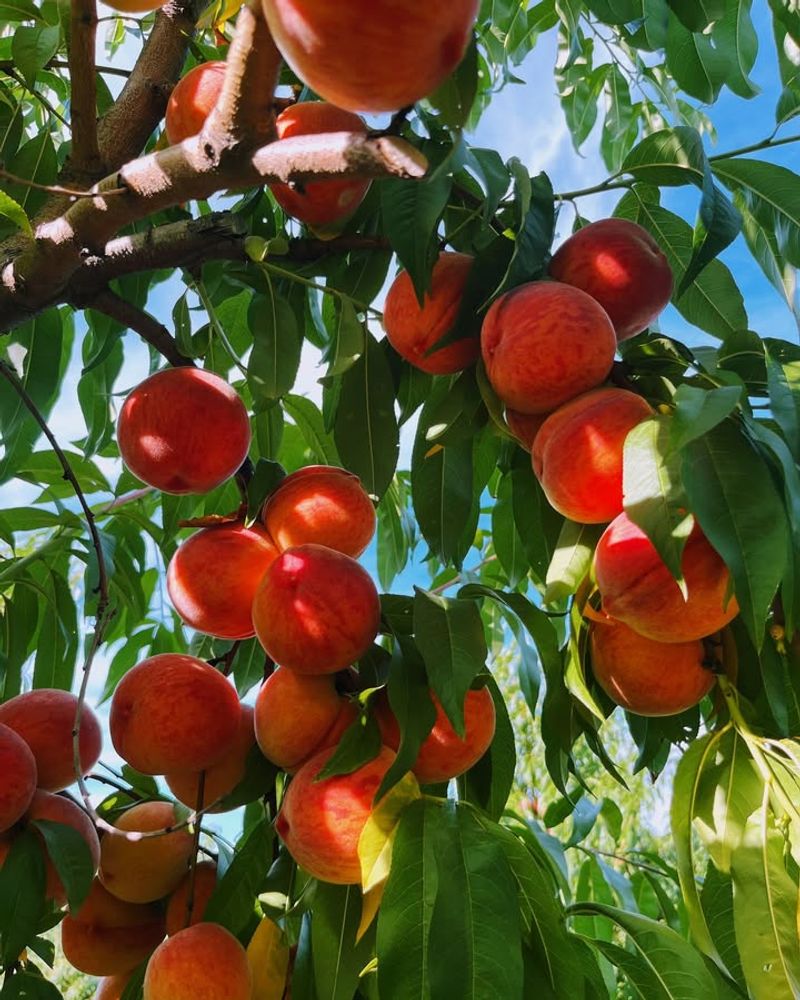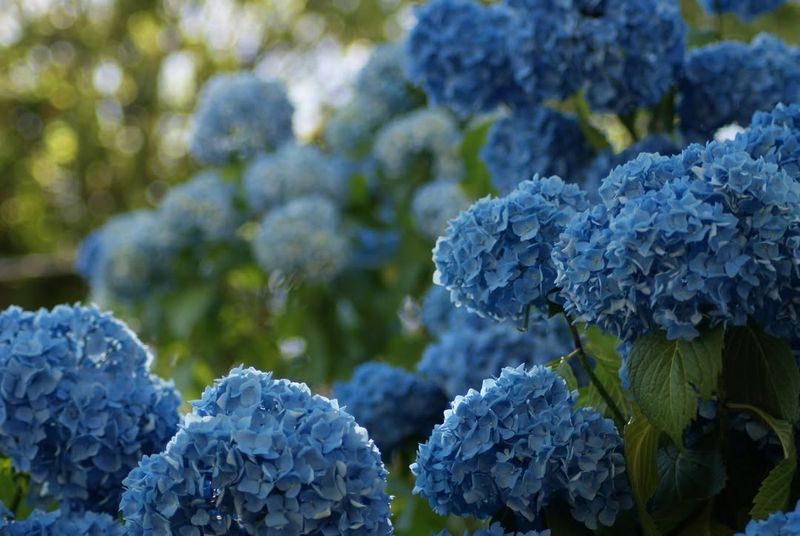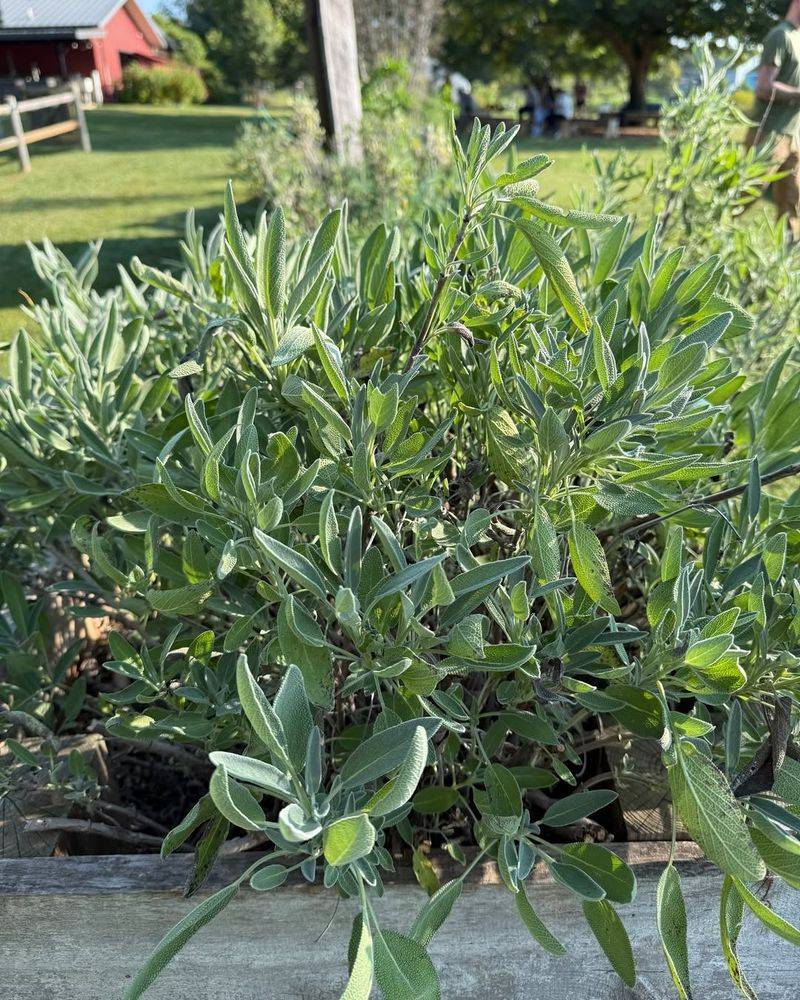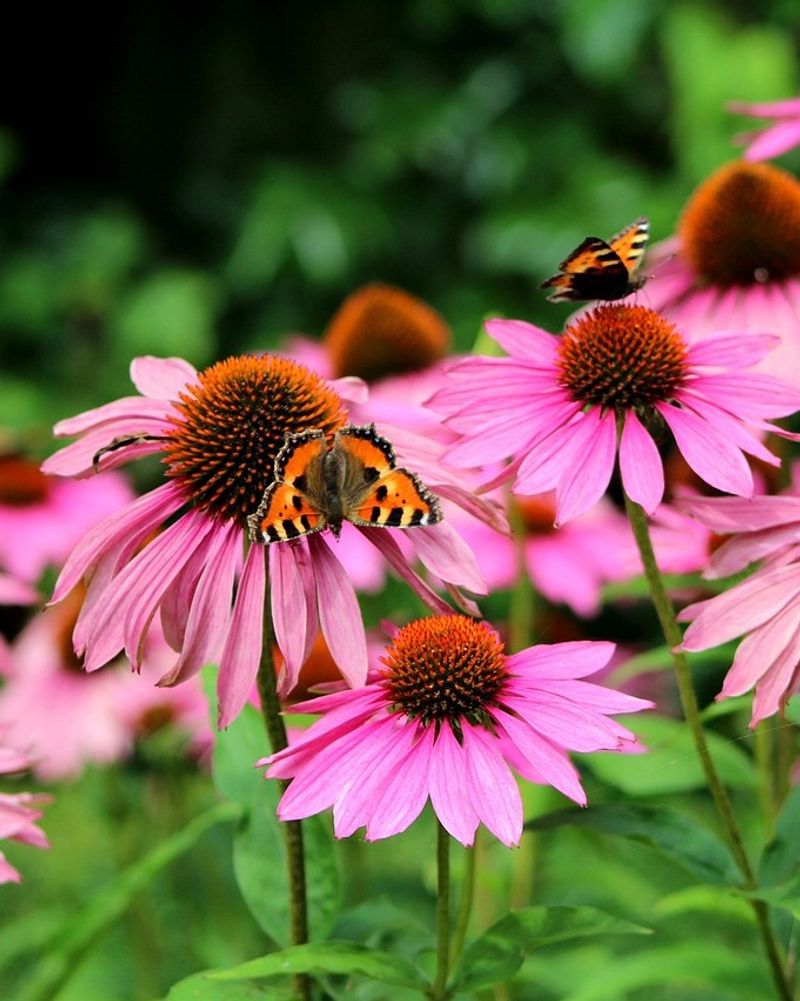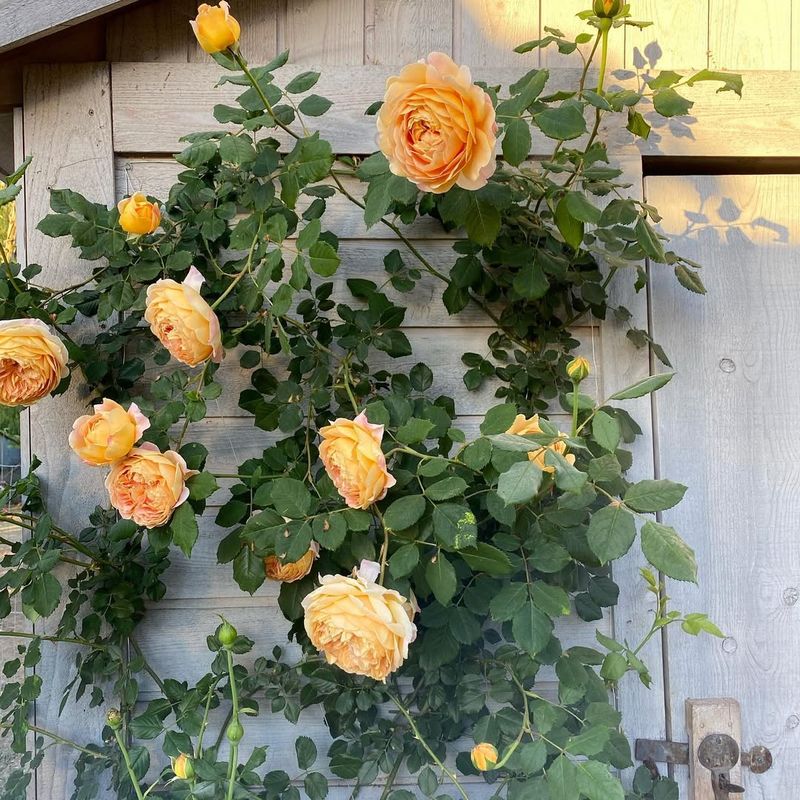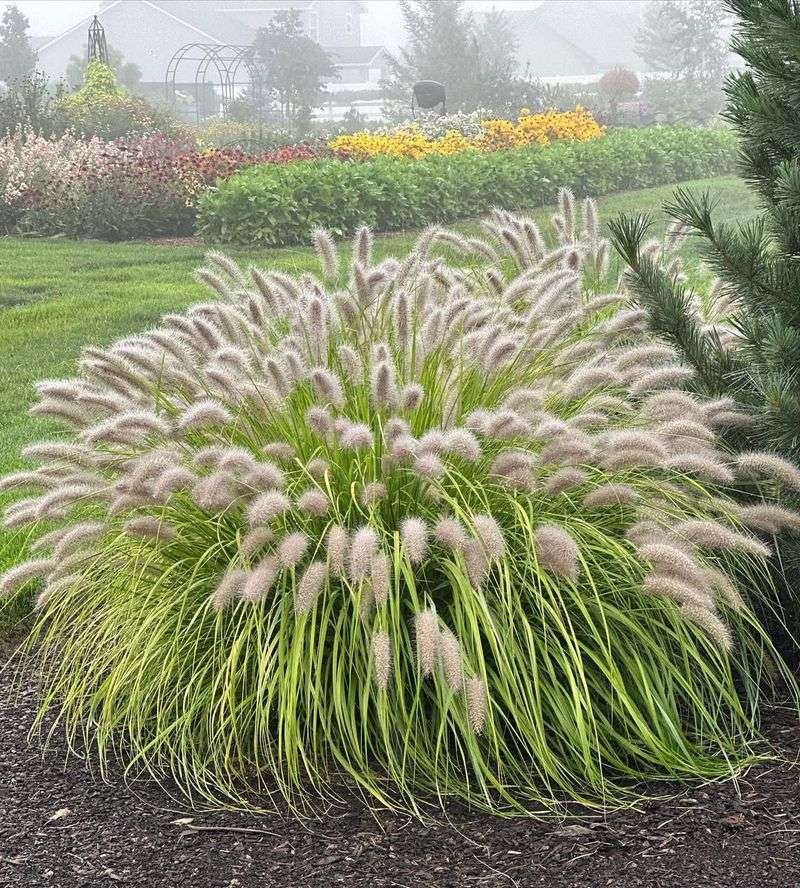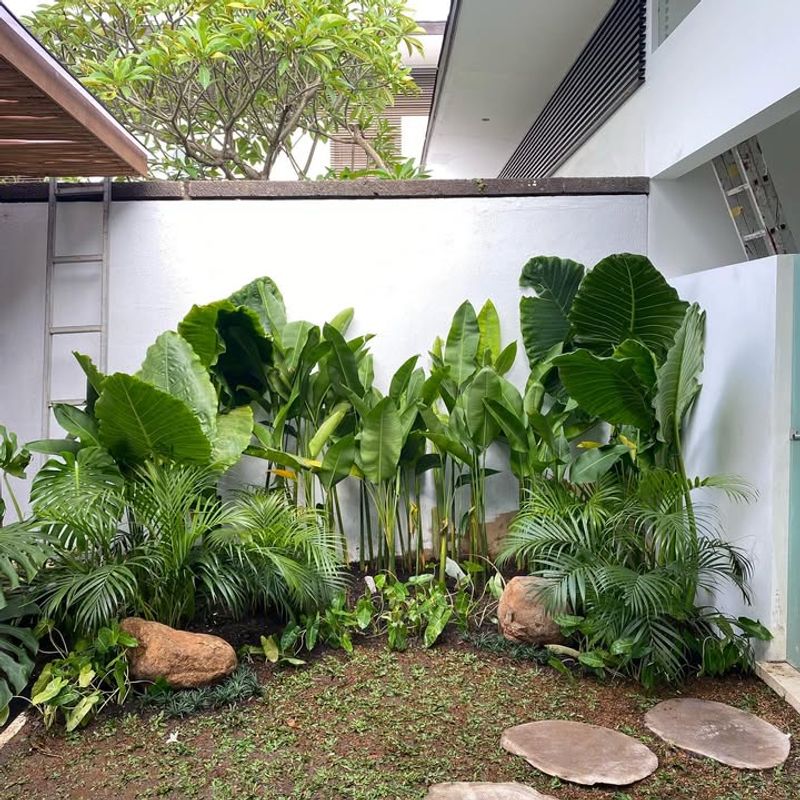October brings cooler temperatures to South Carolina gardens, making it the perfect time to grab your pruning shears. Proper pruning now helps plants survive winter and thrive next spring.
Taking care of these maintenance tasks before the first frost will reward you with healthier, more beautiful plants when warm weather returns.
1. Crape Myrtles
Fall isn’t the time for major crape myrtle cutbacks, but light pruning helps these Southern favorites. Remove spent blooms and crossed branches to improve air circulation and prevent disease.
Wait until late winter for serious pruning. October trimming should focus on tidying and removing damaged limbs. This gentle approach prevents the dreaded “crape murder” – excessive cutting that harms these graceful trees.
2. Rose Bushes
Giving roses a light trim in October prepares them for winter dormancy while encouraging one last flush of blooms. Cut back about one-third of growth, focusing on removing dead canes and shaping the plant.
Save heavy pruning for late winter. The goal now is simply to prevent wind damage during winter storms. Carolinians living near the coast especially benefit from this practice, as coastal winds can wreak havoc on untrimmed roses.
3. Butterfly Bushes
Butterfly bushes benefit from a moderate October haircut in the Palmetto State. Trim them back by about half their height to prevent winter wind damage and encourage bushier spring growth.
These fast-growing shrubs can become unruly without regular maintenance. Many gardeners miss this crucial fall pruning window. Come spring, your butterfly bush will reward your October efforts with more abundant blooms and a stronger structure.
4. Fruit Trees
October presents a golden opportunity for South Carolina fruit tree maintenance. Remove water sprouts, suckers, and damaged branches to improve tree health and fruit production next year.
Focus on apples, peaches, and pears – all common in Carolina gardens. Careful pruning now reduces disease pressure by improving air circulation. Just remember not to remove more than 20% of the tree’s canopy at once to avoid shocking your fruit bearers.
5. Evergreen Shrubs
Boxwoods, junipers, and yews appreciate light shaping in October before winter sets in. Trim overgrown branches and remove any diseased portions to maintain their form through the dormant season.
Avoid severe pruning this late in the year. The goal is maintenance, not major reshaping. South Carolina’s mild winters mean these plants may continue slow growth, so a gentle hand prevents stress while keeping your landscape looking tidy during the holiday season.
6. Hydrangeas (With Caution)
Approaching hydrangeas with care is crucial in October. Only prune varieties that bloom on new wood, like ‘Limelight’ or ‘Annabelle’. Snip just above leaf nodes to shape the plant and remove dead blooms.
Leave mophead and lacecap varieties alone! These popular South Carolina hydrangeas set next year’s flower buds in fall. Mistakenly pruning them now means sacrificing spring blooms – a mistake many eager gardeners regret when spring arrives with bloomless plants.
7. Perennial Herbs
Woody herbs like rosemary, lavender, and thyme benefit from a light October trim in South Carolina gardens. Cut back by about one-third to prevent them from becoming woody and unproductive.
Fresh growth emerges from trimmed stems, providing tender herbs even in cooler months. Many Lowcountry gardeners enjoy herbs year-round thanks to our mild climate. Remember to stop pruning about a month before your area’s first expected frost date to avoid stimulating tender new growth.
8. Summer-Flowering Perennials
Black-eyed Susans, coneflowers, and salvias need attention as October arrives. Cut back spent flower stalks to prevent self-seeding and disease issues over winter. Leave a few inches of stem above ground level.
Many Carolina gardeners make the mistake of cutting perennials to the ground. The remaining stems help identify plant locations during winter dormancy. They also provide valuable habitat for beneficial insects that help your garden thrive next season.
9. Climbing Roses And Vines
October offers the perfect timing for taming wild climbers like Carolina jasmine and climbing roses. Remove tangled growth and secure remaining vines to their supports before winter winds arrive.
Avoid severe cutbacks now – save those for late winter. Instead, focus on maintenance pruning to prevent damage. Coastal gardeners particularly benefit from this practice, as salt-laden winds can whip unsecured vines into a damaged mess during winter storms.
10. Ornamental Grasses
Resist the urge to cut ornamental grasses in October! While many garden plants benefit from fall pruning, native grasses like muhly grass and switchgrass should remain intact through winter.
Their feathery plumes add winter interest to South Carolina landscapes. The seed heads provide food for birds, while the bases offer shelter for beneficial insects. Wait until late February or early March to cut these grasses back, just as new growth begins to emerge.
11. Tropical Plants
Many South Carolinians grow tropical plants like elephant ears and canna lilies that need special October attention. Cut back yellowing foliage but leave healthy green growth to help plants store energy for winter.
In coastal areas with milder winters, these plants often survive with minimal protection. Upstate gardeners should consider digging and storing tender tropical bulbs after the first light frost. A light pruning now, followed by proper winter protection, ensures these dramatic plants return next spring.

